今日のハイテク社会では、USBポートは私たちの日常生活に欠かせないものとなり、コンピューター、電話、その他のガジェットにさまざまなデバイスを接続しています。しかし、USBポートに刻まれた小さな記号を見つめて、それが何を意味するのかまったくわからないと感じたことはありませんか?心配しないでください。この包括的なガイドは、USBポートの記号、ロゴ、アイコンの謎を解き明かし、USBの世界をナビゲートする力を与えてくれます。 USBケーブル プロのような接続性。
目次
導入
次のようなシナリオを想像してみてください。新品の外付けハードドライブを購入したばかりなのに、それをノートパソコンに接続すると、データ転送速度が遅くてイライラしながら指を叩く羽目になります。あるいは、最先端のスマートフォンに投資したものの、充電が遅いことに気づいたかもしれません。こうしたイライラする状況は、USB ポートのシンボルについて基本的な知識があれば簡単に回避できたはずです。
この記事では、USB ポートの世界を視覚的に旅し、ポートに表示されている記号を解読して、その隠された意味を明らかにします。最後まで読めば、USB ポートの機能を自信を持って識別できるようになり、アクセサリを購入する際に情報に基づいた決定を下し、デバイスのパフォーマンスを最大限に高めることができるようになります。
ビジュアルガイド - USB シンボルの識別
視覚的な楽しみから探索を始めましょう。次の表をご覧ください。この表には、遭遇する可能性のあるさまざまな USB ポート シンボルが示されています。
| シンボル | USBバージョン | ポートタイプ | データ転送速度 | 電力供給 |
 | USB2.0 について | タイプA/B | 480 Mbps | 5V、500mA |
 | USB3.0 | タイプA/B | 5Gbps | 5V、900mA |
 | USB 3.1 第1世代 | タイプC | 5Gbps | 5V、3A |
 | USB 3.1 第2世代 | タイプC | 10Gbps | 5V、3A |
 | USB4 | タイプC | 40Gbps | 5V、3A / 20V、5A |
ご覧のとおり、USB ポートのシンボルは、データ転送速度と電力供給機能の進歩を反映して、時間の経過とともに進化してきました。USB 2.0 の控えめな始まりから最先端の USB4 まで、各シンボルにはポートの可能性に関する重要なヒントが隠されています。
しかし、それだけではありません。USB ポートにはさまざまな形やサイズがあり、それぞれ特定のニーズに合わせて調整されています。最も一般的なポートの種類を詳しく見てみましょう。
タイプA: 誰もが知っているクラシックな長方形の形状。このポートはほぼすべてのコンピューターに搭載されており、さまざまな周辺機器の接続ポイントとして機能します。
タイプB: プリンター、スキャナー、その他のかさばるデバイスによく見られるタイプ B ポートは、わずかな台形のくぼみがある正方形の形状をしており、簡単に識別できます。
タイプC: USB ファミリーの新製品である Type-C ポートは、スリムでリバーシブルなデザインが特徴で、ケーブルを正しい方向に挿入しようとする昔ながらの苦労が不要になります。その対称的な形状は、接続の世界に真の革命をもたらします。
さて、これらのポート マークの背後にある象徴についてもう少し詳しく見てみましょう。特定の USB ポートに「SS」のエンブレムが付いているのに気づいたことがありますか? このシンボルは「SuperSpeed」の略で、ポートが USB 3.0 以上の超高速データ転送速度をサポートしていることを示します。
実用ガイド - USB シンボルの意味を理解する
ビジュアル ガイドを理解したところで、これらの記号の実際的な意味を解明してみましょう。結局のところ、知識は力であり、USB 接続の分野では、これらの記号が表すものを理解することで、スムーズなエクスペリエンスとイライラするエクスペリエンスの違いが生じる可能性があります。
さて、外付けハードドライブからコンピューターに大容量のビデオ ファイルを転送しようとしていると想像してください。ドライブが USB 2.0 ポートに接続されている場合、非常に遅い速度で転送されます。ただし、USB 3.1 または USB4 ポートに接続すると、転送は超高速になり、貴重な時間を節約してイライラを解消できます。
しかし、データ転送速度は考慮すべき唯一の要素ではありません。USB ポートのシンボルは、デバイスの充電や外付けハードドライブなどの需要の高い周辺機器への電力供給に不可欠な電力供給機能についても情報を提供します。
USBバージョンが高ければ高いほど、 より多くの電力を供給できるこの知識は、デバイスの充電や外部周辺機器への電源供給に関して特に役立ちます。たとえば、スマートフォンの充電時間が遅い場合は、USB 3.1 または USB4 ポートに接続すると、充電プロセスが大幅に高速化される可能性があります。
しかし、それだけではありません。USB シンボルは、ポートがビデオ出力や DisplayPort 機能などの特定の機能をサポートしているかどうかも示します。たとえば、一部の USB-C ポートには「DisplayPort」または「DP」シンボルが付いている場合があります。これは、外部ディスプレイまたはプロジェクターを接続するために使用できることを示しています。
この豊富な知識を活用すれば、アクセサリの選択や接続の問題のトラブルシューティングを行う際に、より情報に基づいた決定を下すことができます。適切な USB ポートを選択することで、スムーズでシームレスな体験とイライラする体験の違いが生じることを忘れないでください。
ケーススタディ - USB シンボルの日常的な応用
USB ポート シンボルの理論的な側面について説明したので、この知識が非常に役立つ実際のシナリオをいくつか見ていきましょう。
シナリオ 1: 外付けハードドライブの動作が遅い
貴重なデータをバックアップするために、新品の外付けハードドライブを購入したと想像してください。ワクワクしながらコンピューターに接続しましたが、転送速度がひどく遅いことに気が付きました。イライラしながらUSBポートの記号を確認すると、ドライブを別のコンピューターに接続していたことに気が付きました。 USB2.0 について ポート (対応するシンボルで示されます)。 なるほど! 転送が遅いのも当然ですね。
新しく得た知識を使って、コンピューターの USB 3.1 ポート (適切な記号でマークされています) を見つけ、接続を切り替えます。 すると、データ転送速度が飛躍的に向上し、わずかな時間でファイルをバックアップできるようになります。
シナリオ 2: スマートフォンの充電の難問 (続き)
最先端の機能と洗練されたデザインを備えた最新のスマートフォンを購入しました。しかし、充電に非常に長い時間がかかることにすぐに気づきました。調べてみると、最大 500mA の電力供給しかサポートしていない USB 2.0 ポート (記号で識別) を使用してスマートフォンを充電していたことがわかりました。
新しく学んだ USB シンボルの知識を駆使して、コンピューターまたは充電器で最大 3A の電力を供給できる USB 3.1 ポート (対応するシンボルでマークされています) を見つけます。接続を切り替えると、スマートフォンが超高速で充電され、バッテリー切れに悩まされることがなくなります。
シナリオ 3: ビデオ出力のジレンマ
職場で重要なプレゼンテーションを準備していて、ノートパソコンをプロジェクターまたは外部ディスプレイに接続する必要があります。しかし、ケーブルやポートをいじっても、ビデオ出力が正しく機能しないようです。
そんなときは、USB シンボル ガイドを思い出してください。ノートパソコンの USB-C ポートをよく見ると、ビデオ出力機能をサポートしていることを示す小さな「DP」または「DisplayPort」シンボルがあります。設定を少し調整し、適切なケーブルを使用すれば、ノートパソコンをプロジェクターに簡単に接続して、シームレスでプロフェッショナルなプレゼンテーションを実現できます。
これらの実際の例は、USB ポート シンボルの理解の実際的な応用を示しています。これらの小さいながらも重要なマークを認識することで、デバイスのパフォーマンスを最適化し、接続の問題をトラブルシューティングし、アクセサリを購入する際に情報に基づいた決定を下すことができます。
デザインの視点 - USB シンボルの背後にあるロジック
優れたデザインのシンボルの背後には、機能性、美しさ、ユーザー エクスペリエンスを組み合わせた、慎重に作成されたロジックが存在します。USB ポート シンボルも例外ではなく、重要な情報を明確かつ簡潔に伝えるために慎重に設計されています。
まず、これらのシンボルの基盤となる視覚的なデザインの原則を探ってみましょう。
シンプルさUSB ポートのシンボルは、最小限の要素ときれいな線で意図的にシンプルに保たれています。このシンプルさにより、シンボルは簡単に認識でき、一目見ただけでもすぐに解釈できます。
一貫性: USB 規格の進化を通じて、一貫した視覚言語を維持するための意図的な努力がなされてきました。この一貫性により、ユーザーは慣れ親しむことができ、特定のシンボルを対応する機能と関連付けることができます。
直感性USB ポート シンボルの設計者は、ポートの機能を直感的に表現することを目指しました。たとえば、SuperSpeed の「SS」シンボルは頭文字を巧みに組み合わせたもので、Type-B ポートの台形のくぼみにより、Type-A ポートと簡単に区別できます。
しかし、デザイン ロジックは単なる美観にとどまりません。USB ポート シンボルは、効果的なユーザー インターフェイス (UI) およびユーザー エクスペリエンス (UX) 要素として機能するように慎重に作成されており、ユーザーがケーブル接続の複雑な世界を簡単にナビゲートできるように支援します。
たとえば、異なる USB バージョンに異なるシンボルを使用することで、ユーザーは複雑な技術仕様を解読しなくてもポートの機能をすばやく識別できます。このシンプルな視覚的なヒントにより、ユーザーは自分のニーズに合った適切なケーブルやアクセサリを選択するなど、情報に基づいた決定を下すことができます。
さらに、デバイスやポート上のこれらのシンボルの配置は、最大限の視認性とアクセシビリティを確保するために慎重に検討されています。これらのシンボルは目立つ場所に配置されることが多く、薄暗い環境や混雑した環境でもユーザーが簡単に見つけて解釈できます。
テクノロジーが進化し続けるにつれて、USB ポート シンボルのデザインは、変化するユーザーのニーズに合わせて適応していくと考えられます。将来の潜在的なトレンドの 1 つは、ポートの状態、データ転送速度、または電力供給機能に関するリアルタイム情報を提供する動的またはインタラクティブなシンボルの組み込みです。
データが転送中またはデバイスが充電中であることを示すために、色が変わったり、アニメーション グラフィックが表示されたりする USB ポート シンボルを想像してください。このような動的なシンボルは、即座に視覚的なフィードバックを提供し、推測や手動による監視の必要性を減らすことで、ユーザー エクスペリエンスを大幅に向上させることができます。
今後の展開にかかわらず、シンプルさ、一貫性、直感性という基本原則は USB ポート シンボル デザインの中核であり続ける可能性が高いため、これらの小さな視覚的な手がかりは、私たちのつながった生活において引き続き重要な役割を果たします。
結論
この包括的なガイドを通じて、私たちは複雑な世界を探求してきました USBポート シンボル、ロゴ、アイコンを理解し、その隠された意味と実用的な用途を明らかにします。データ転送速度のデコードから電力供給の最適化まで、これらのシンボルを理解することは、デバイスのパフォーマンスを向上させ、シームレスな接続エクスペリエンスを保証する上で大きな変化をもたらす可能性があります。
ここまで読んで、USB ポートの膨大な配列を自信を持って操作し、アクセサリの選択や接続の問題のトラブルシューティングを行う際に情報に基づいた決定を下せるようになったはずです。技術愛好家、専門家、または単にデバイスを効率的かつ手間をかけずに使用することを重視する人にとって、USB ポートの記号の解釈をマスターすることは非常に貴重なスキルです。
覚えておいてください、デバイスの真の可能性を引き出す鍵は、これらの小さな視覚的な手がかりの微妙なニュアンスを理解することです。次に USB ポートに遭遇したときは、少し時間を取ってポートに表示されているシンボルを調べ、新たに得た知識を活用して最適な接続を見つけてください。
USB ポート シンボルの力を活用すれば、ケーブル接続の専門家になるための道が開け、常に進化するテクノロジーの世界を簡単かつ自信を持って楽々とナビゲートできるようになります。
よくある質問
稲妻の付いた USB シンボルとは何ですか?
稲妻の付いた USB シンボルは、通常、急速充電をサポートする USB ポートを示します。このシンボルは、デバイスを急速充電するためにより高い出力を供給できるポートによく見られます。
USB速度を確認するにはどうすればいいですか?
USB ポートの速度を確認するには、Windows では USBDeview や USBlyzer、macOS ではシステム情報などのソフトウェア ツールを使用できます。これらのツールを使用すると、速度機能など、システム上の USB ポートに関する詳細な情報を取得できます。
USB ポートの帯域幅を確認するにはどうすればよいですか?
USB ポートの帯域幅は、仕様を確認することで確認できます。USB ポートはバージョン別に分類されており (USB 2.0、USB 3.0、USB 3.1、USB 3.2 など)、最大データ転送速度が決定されます。また、コンピューターのデバイス マネージャーで、使用可能な USB ポートの種類を確認することもできます。
USB ポートをテストするにはどうすればよいですか?
USB ポートをテストするには、さまざまな方法があります。たとえば、さまざまな USB デバイスを接続して、デバイスが認識され、正常に機能しているかどうかを確認することができます。また、USBDeview や USBlyzer などの診断ツールを使用して、USB ポートのパフォーマンスと状態を確認することもできます。さらに、USB フラッシュ ドライブや外付けハード ドライブを使用して速度テストを実行すると、USB ポートの機能を評価するのに役立ちます。

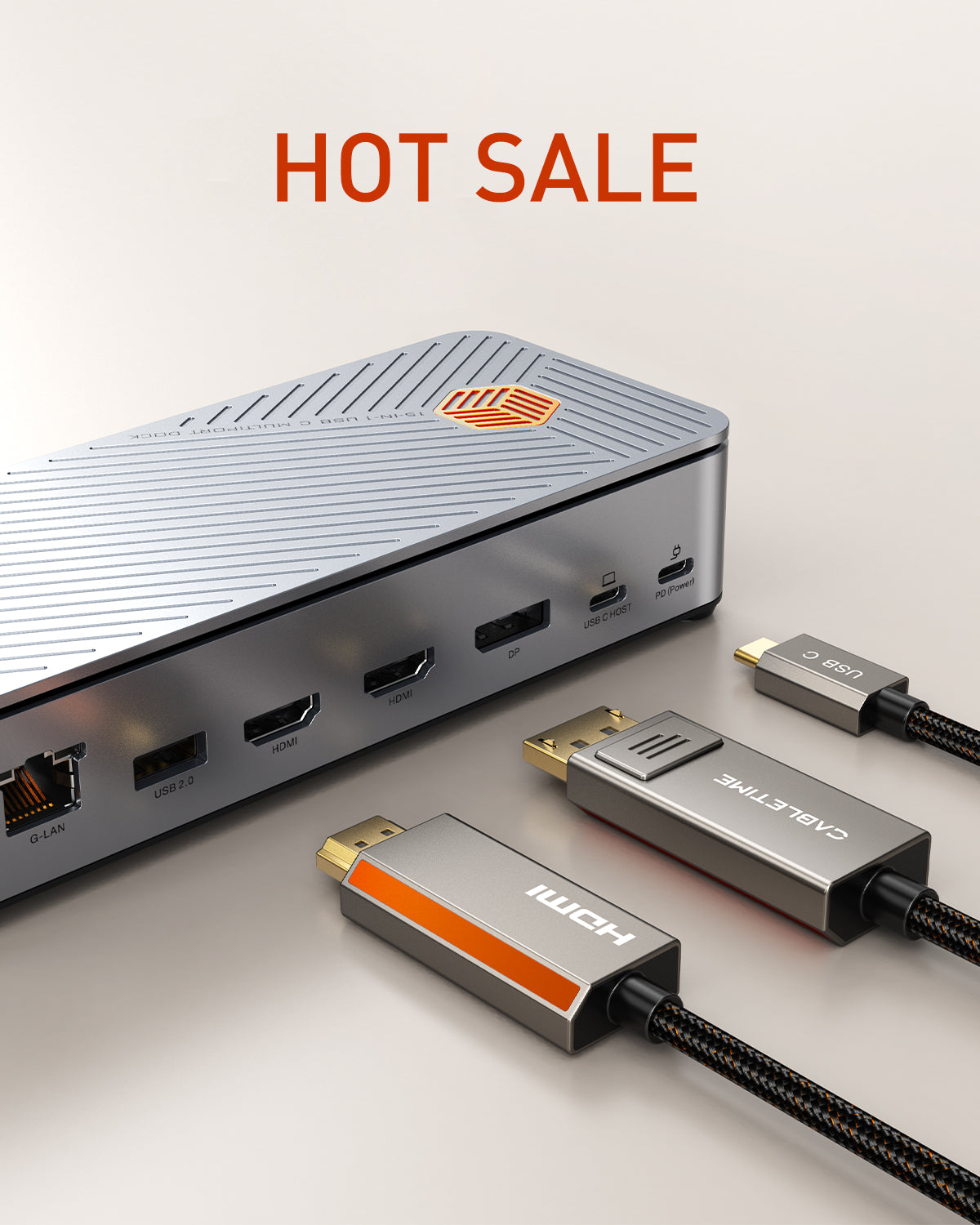
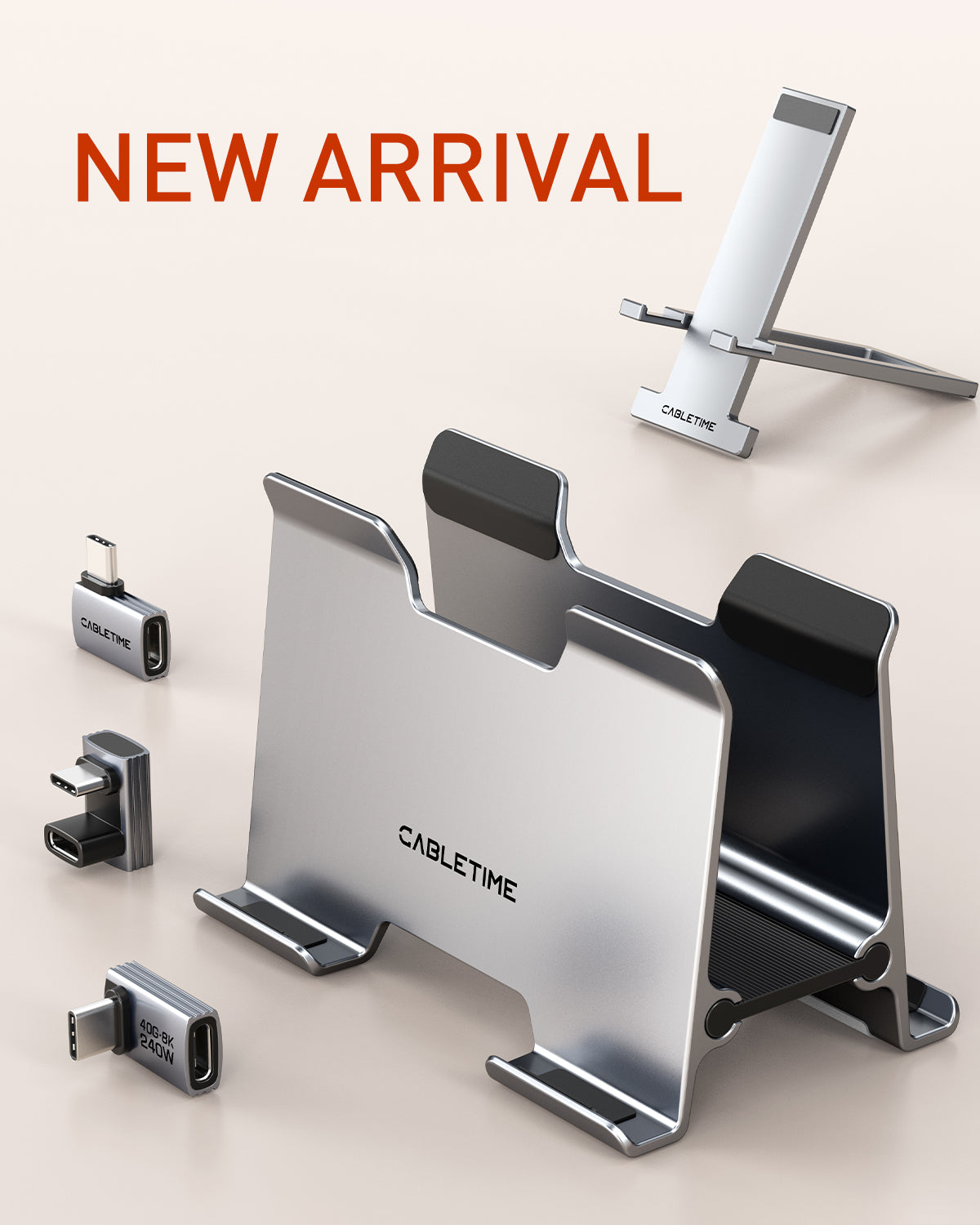
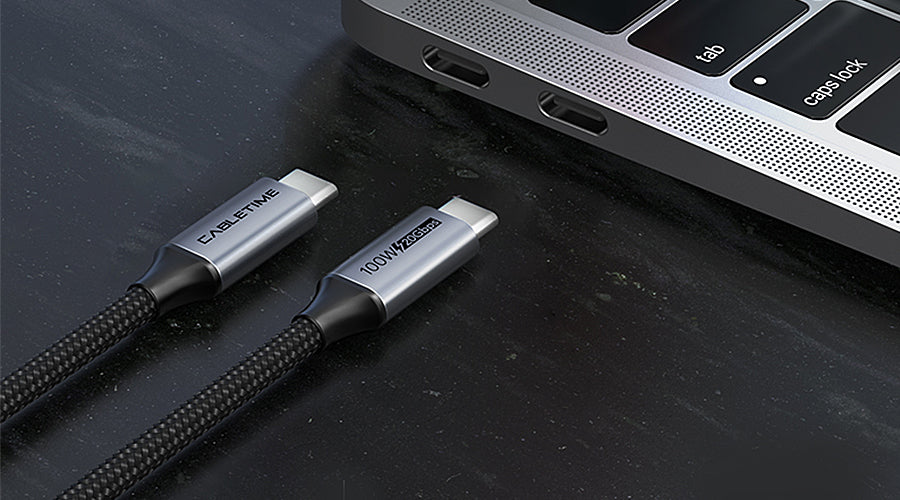
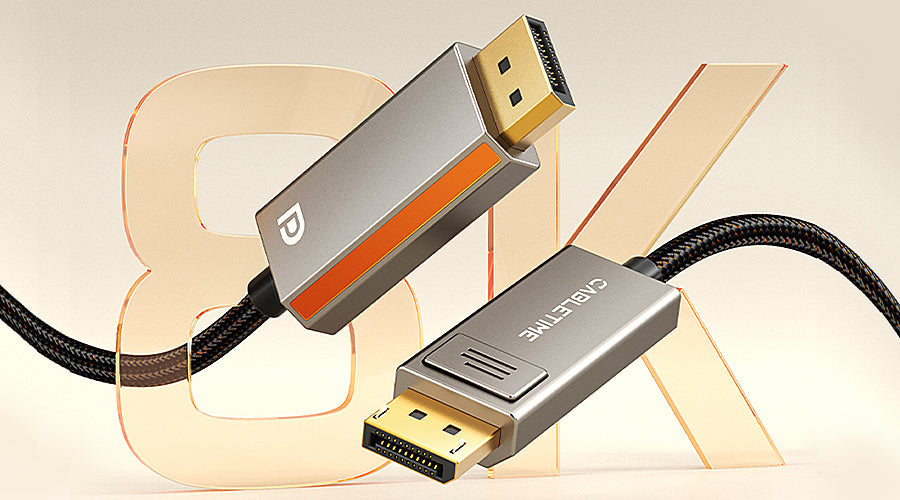
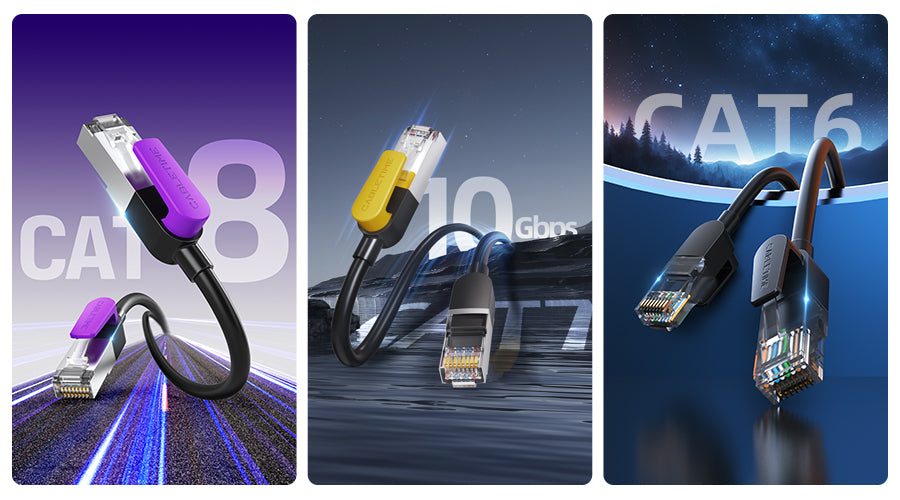
2 コメント
Monika Birkholz
Die Beschreibung der unterschiedlichen Kabel hat mir sehr geholfen. Ich brauchte ein Kabel zur schnellen Übertragung von Daten vom Smart-Phone aufs Handy bzw. Auto (Navi) gefragt, es war gerade kein geschulter Verkäufer da.
Die Bescheibungen auf den Packungen waren verwirrend!
user
useless
コメントを書く
このサイトはhCaptchaによって保護されており、hCaptchaプライバシーポリシーおよび利用規約が適用されます。